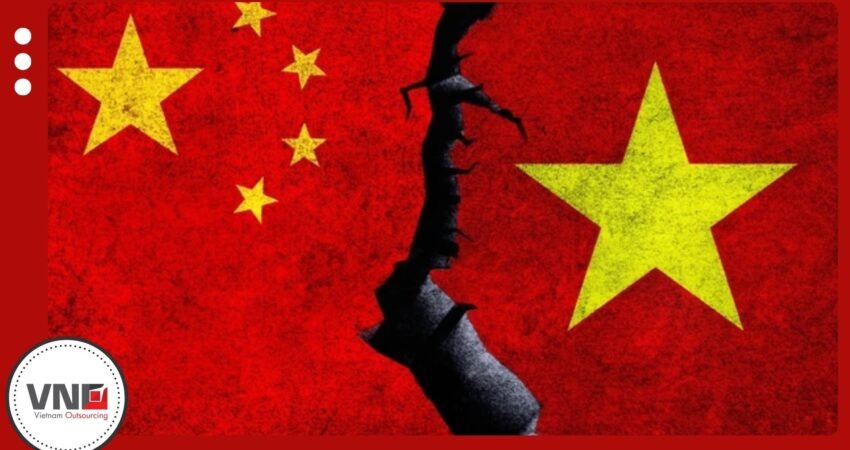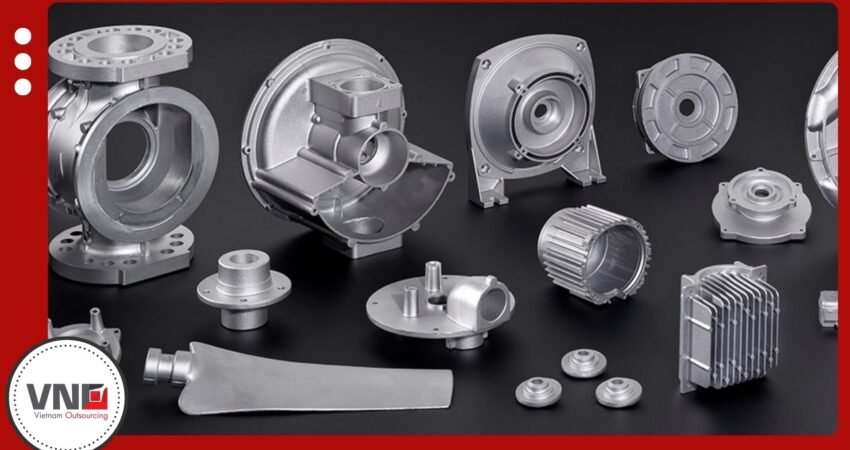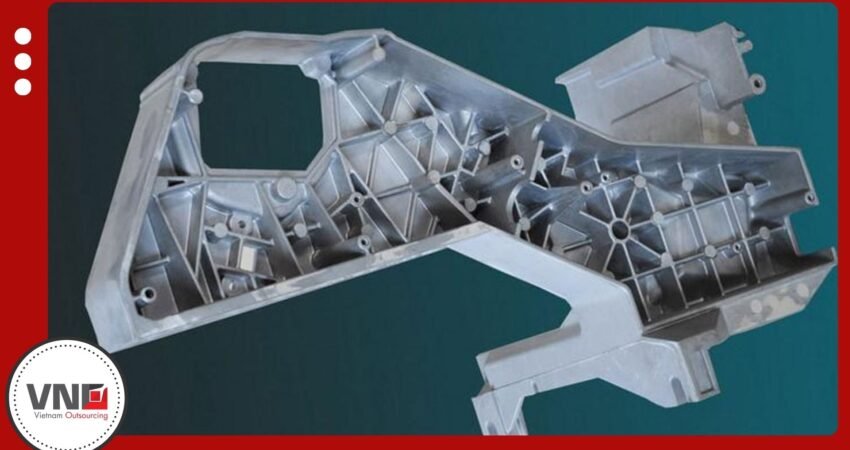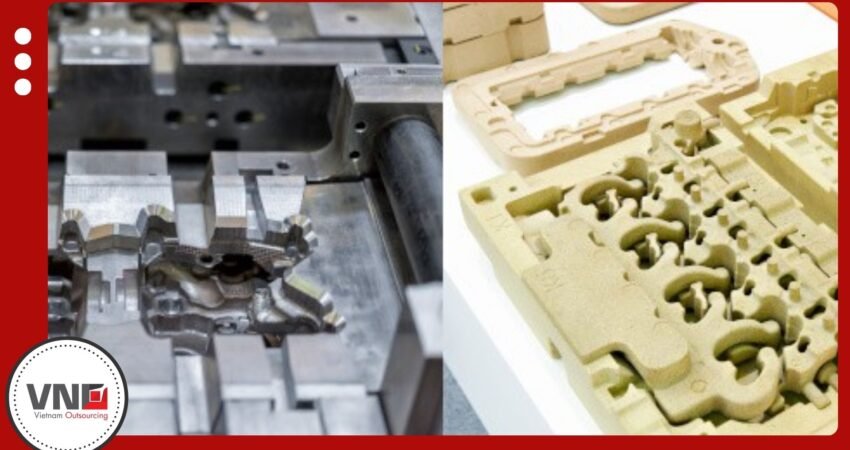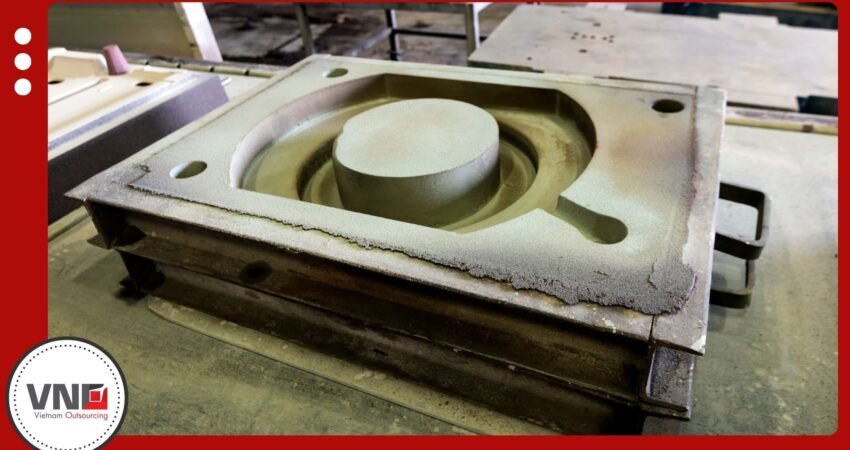Vietnam vs China Die Casting: Quality and Cost
Introduction When global buyers compare Vietnam vs China die casting, two key factors come into focus: quality and cost. China has long been the world’s largest die casting hub, but rising tariffs, labor costs, and geopolitical risks have changed the equation. Meanwhile, Western buyers also acknowledged about ADVANTAGES WHEN CHOOSING
Read moreVietnam Die Casting Supplier: Industry Outlook 2025
Introduction In 2025, Vietnam has become a serious competitor in the global die casting market. Choosing the right Vietnam die casting supplier is no longer only about cutting costs. It is about building partnerships that guarantee compliance, quality, and innovation. With rapid growth in both aluminum die casting and zinc
Read moreAdvantages when choosing die casting in Vietnam between other processing units
For a long time, the mechanical industry has been considered the "backbone" of an economy. It is both a foundation and a driving force for other sectors to expand and develop. Along with the transformation of our country, the mechanical industry plays an increasingly important role, especially in the context
Read moreAdvantage of Die Casting: Insights from Vietnam’s Industry
Vietnam’s Die Casting Industry in 2025 Over the past 25 years, Vietnam’s mechanical processing industry has grown into a national spearhead sector. Continuous research, innovation, and investment have pushed the industry forward. Die casting, in particular, now plays a central role in shaping growth. As a result, it provides the
Read moreCentrifugal casting in Vietnam
Introduction Centrifugal casting is a process where molten metal is poured into a rotating mold. As the mold spins, centrifugal force pushes the liquid metal outward. The alloy spreads evenly along the inner surface of the mold, solidifying into a dense and uniform casting. This method is especially effective for
Read moreLow Pressure Casting: Process, Advantages, and Applications
Introduction Low pressure casting is a metal casting method where molten metal is pressed into a mold using pressure ranging from 8 up to several hundred ata. This controlled pressure allows the alloy to fill the mold completely, producing parts with excellent mechanical strength, precision, and surface quality. Advantages of
Read moreInvestment Casting: Process, Characteristics, Advantages, and Applications
Introduction Investment casting is a precision metal casting method widely used by Vietnam die casting suppliers. Instead of adhesives, this technique uses polystyrol (expanded polystyrene) patterns and sand molds stabilized by vacuum aspiration. When molten metal is poured, it vaporizes the polystyrol pattern and gradually fills the cavity, forming the
Read moreSand Casting vs Die Casting: Key Differences Explained
Introduction When comparing sand casting vs die casting, both are essential methods in modern manufacturing. They each provide unique advantages and challenges, making them suitable for different applications. Knowing how they differ in process, cost, and performance helps businesses choose the right solution. You might also want to know about
Read moreGravity Casting in Vietnam: Process, Characteristics, and Applications
Introduction Gravity casting in Vietnam has become a reliable solution for producing non-ferrous metal parts. Foundries use this method to cast aluminum, zinc, and copper components with excellent surface quality. Vietnam die casting supplier often chooses gravity casting for large-sized details where cost efficiency and durability are essential. Characteristics of
Read moreCasting methods in Vietnam
Introduction The casting method in Vietnam reflects both the heritage of traditional craftsmanship and the progress of modern technology. From sand-clay molds used for centuries to advanced die casting and centrifugal systems, Vietnam has embraced multiple casting techniques to serve industries such as automotive, energy, shipbuilding, and aerospace. Casting remains
Read more
